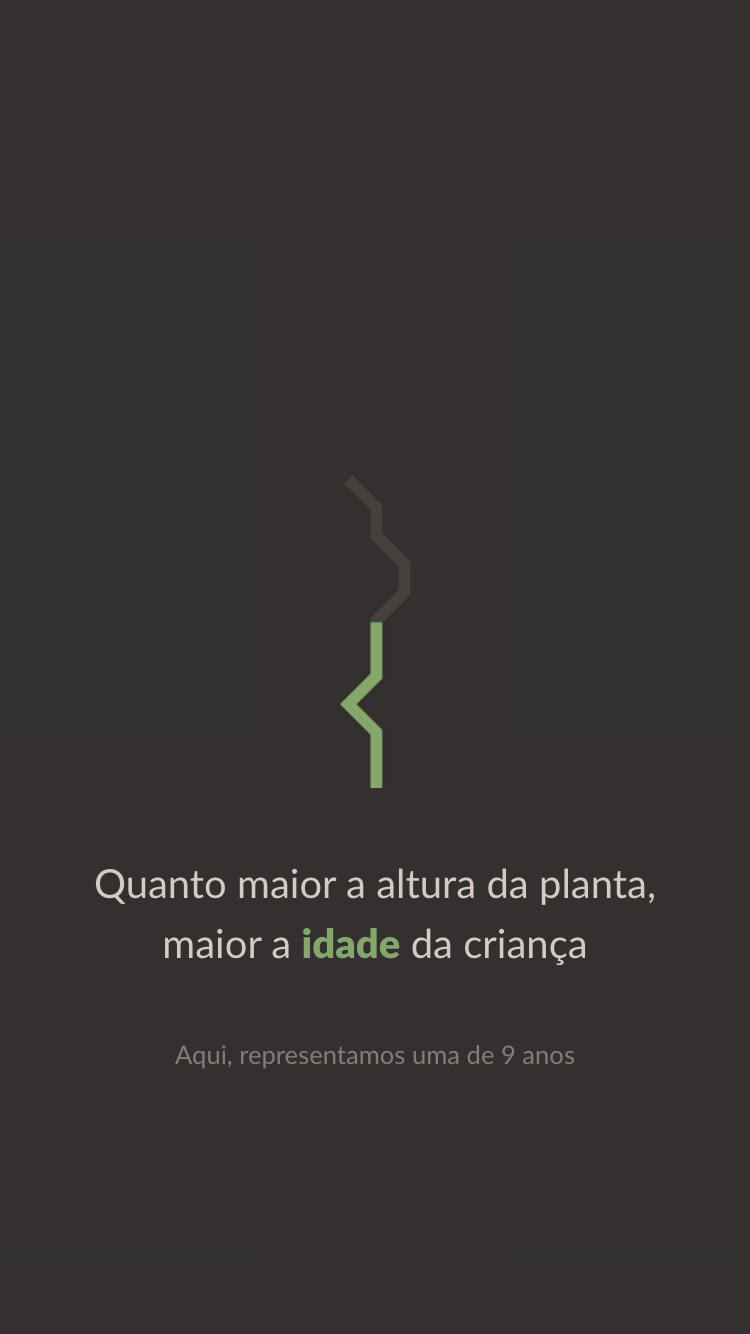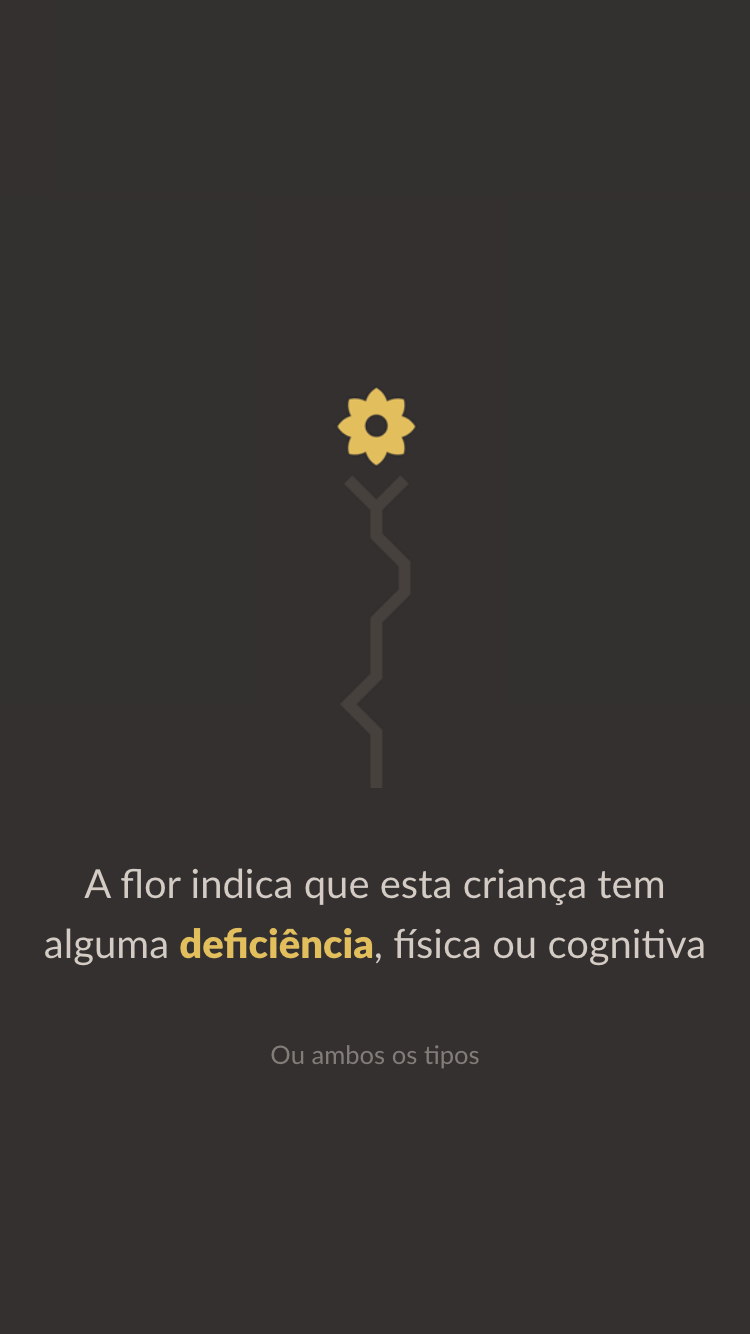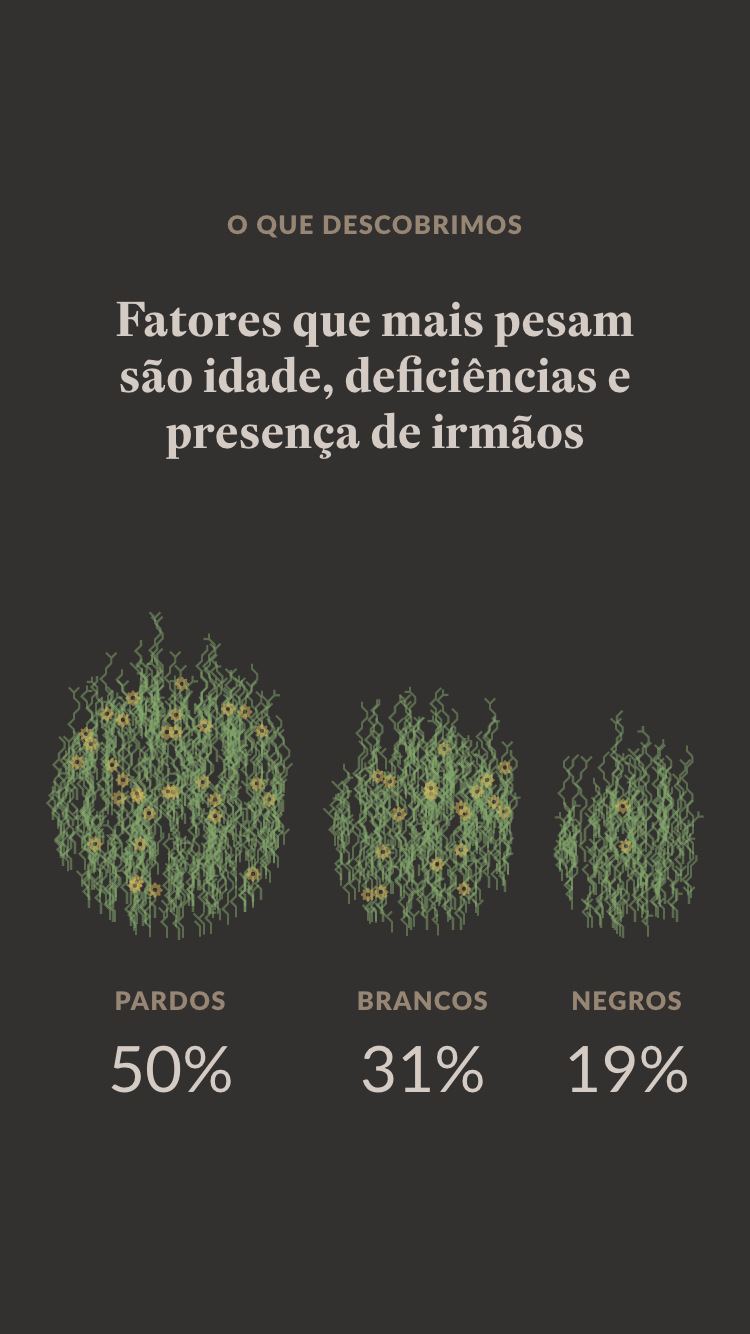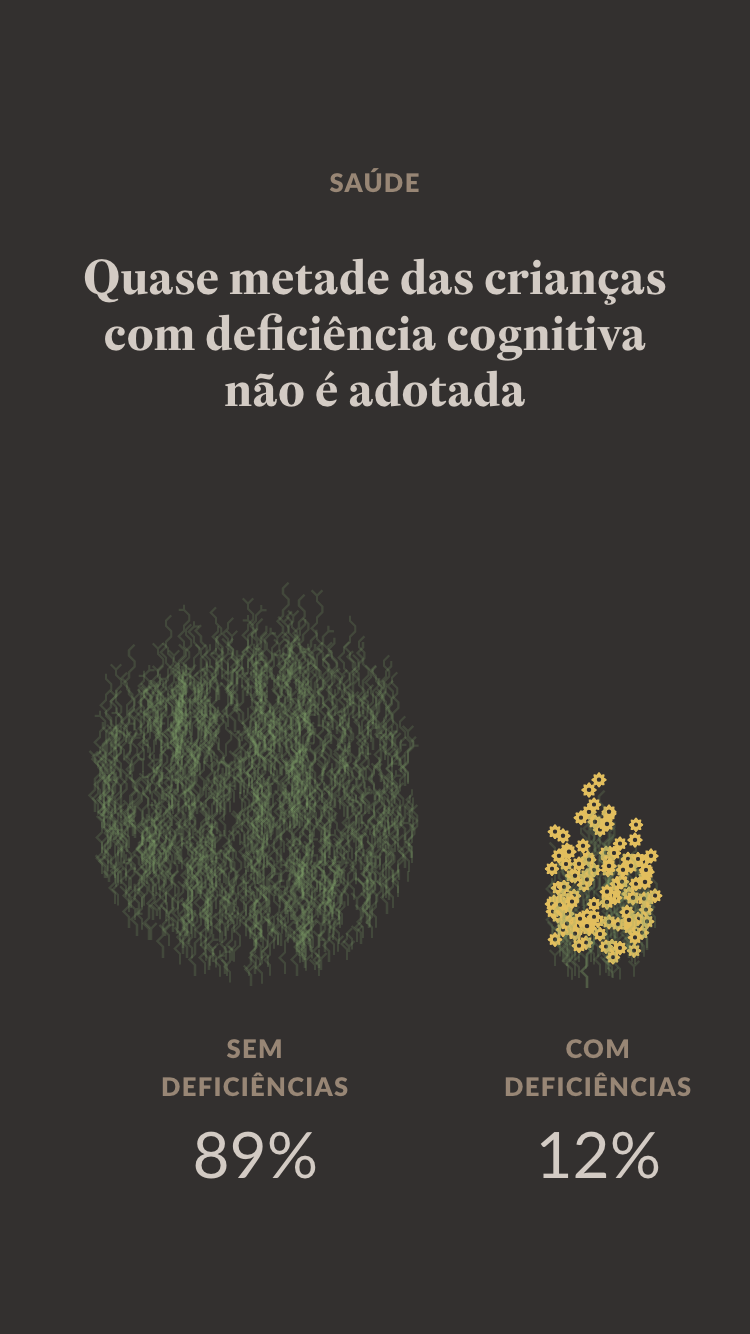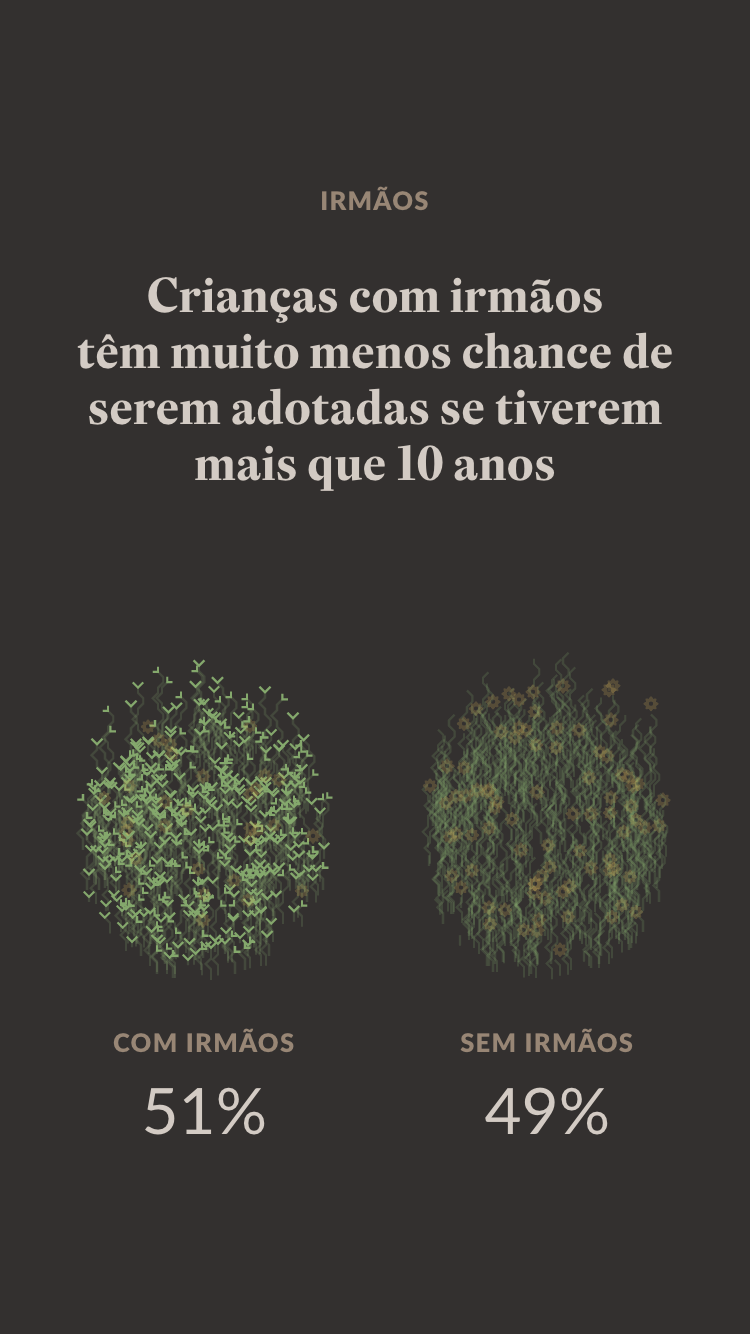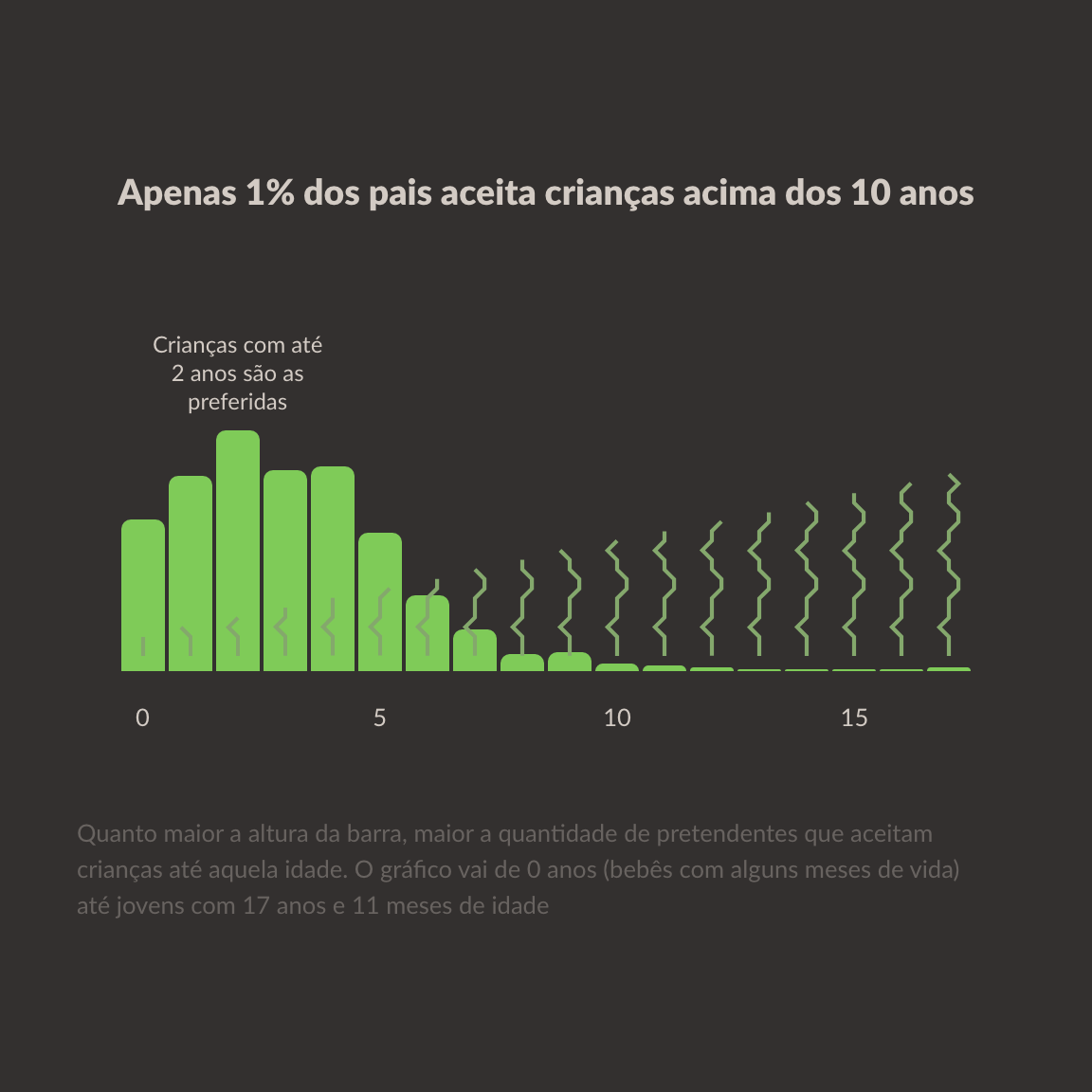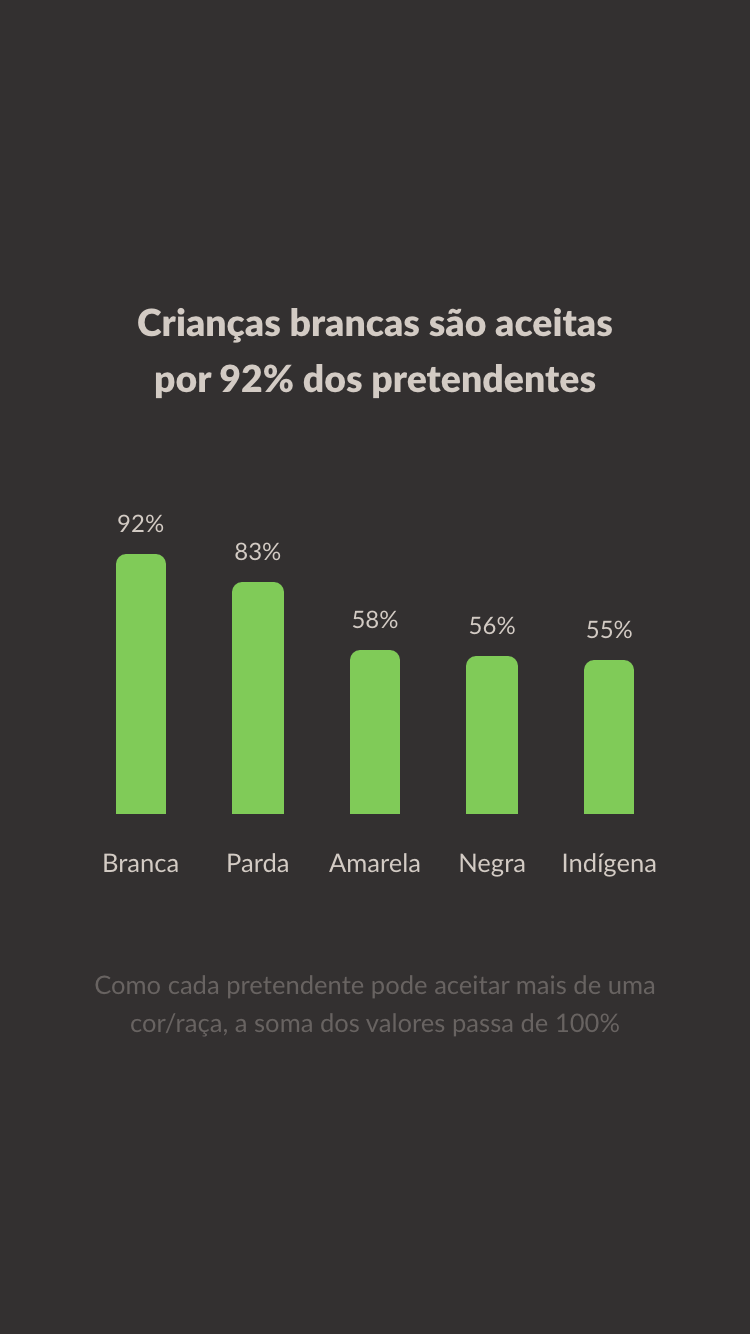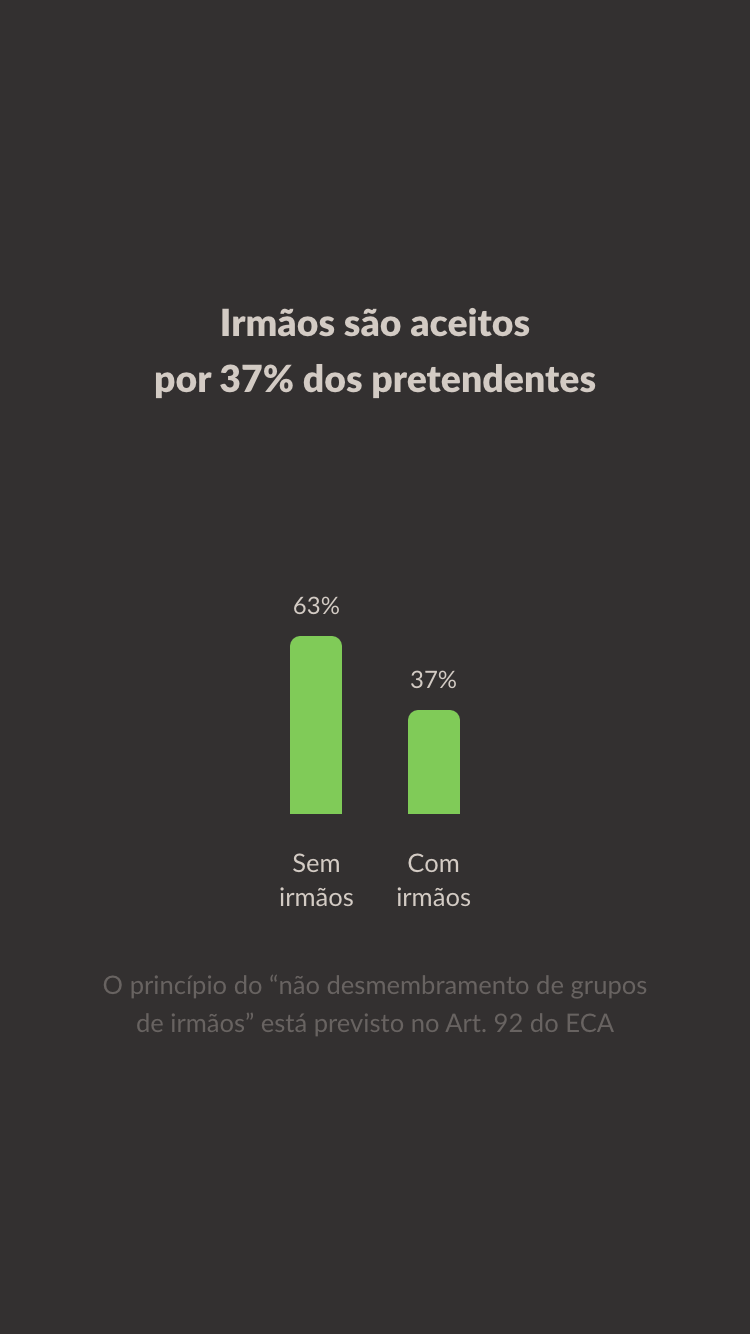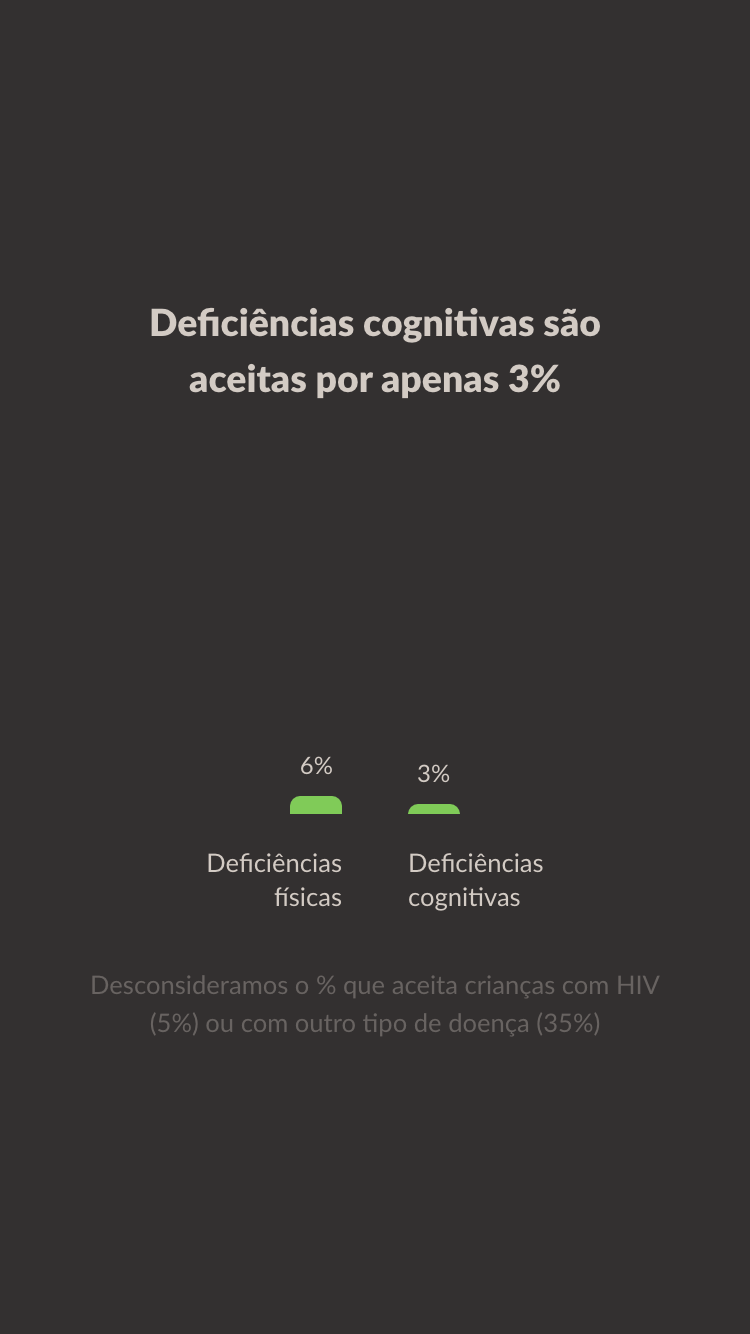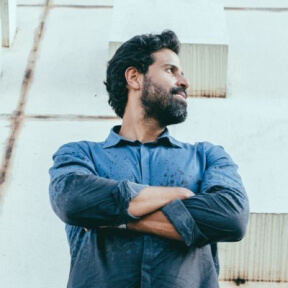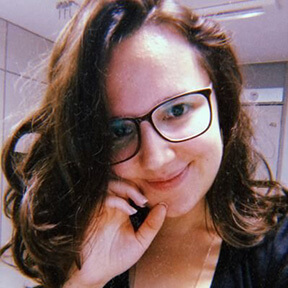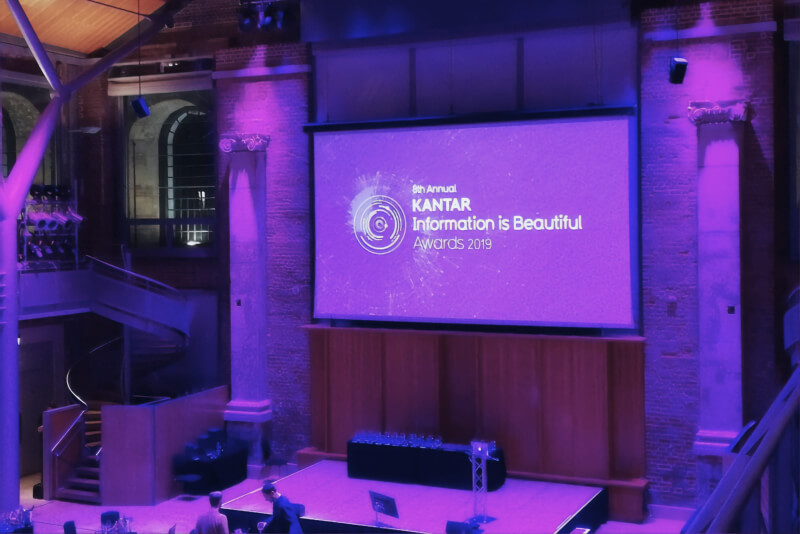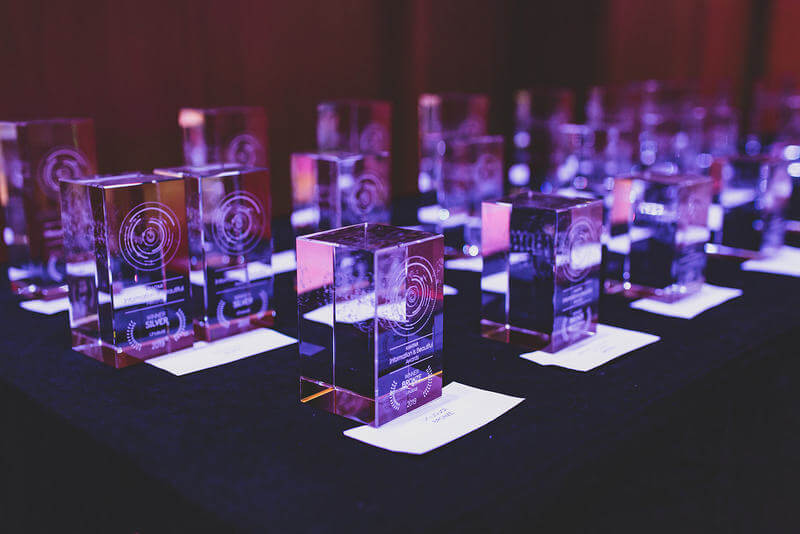Among children living at a temporary home, you could probably find a 14-year-old black boy who has a brother or sister. These are the most common attributes of children available for adoption.
However, the profile most sought out by future parents is that of a 2-year-old white girl and only child.
According to our simulation, the 14-year-old’s chance of being adopted within 12 months is 1 in 1,000. The girl’s adoption is taken for granted.
In search for a more sensitive approach, we opted for a visual metaphor and represented each child as a small plant 🌻 that grows as the years go by.

